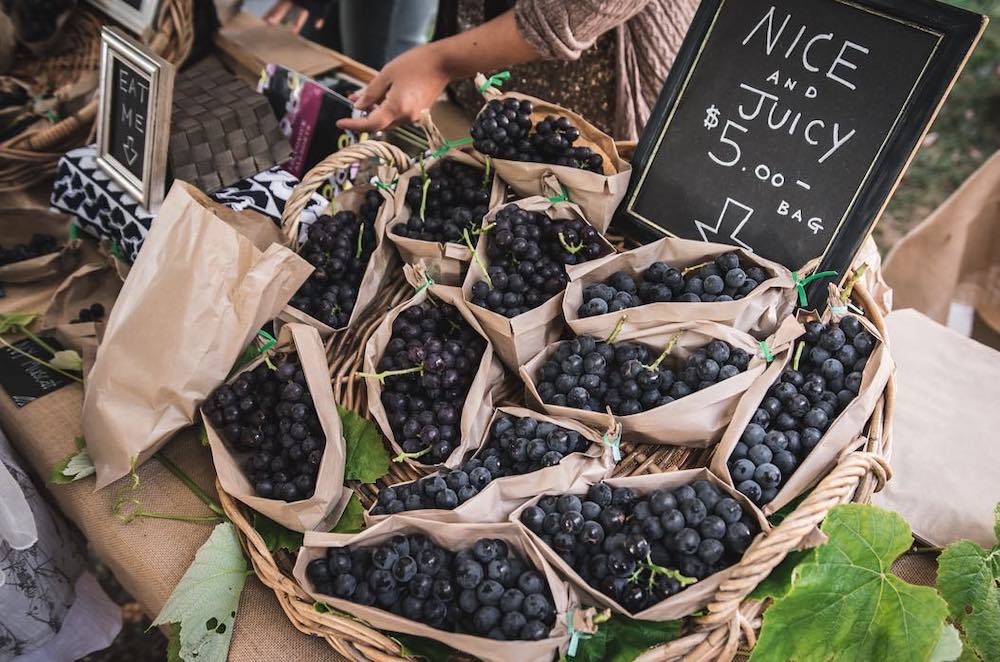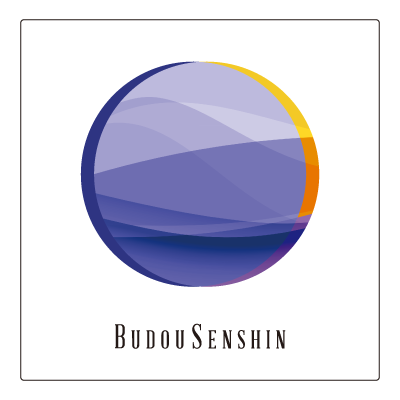
New Zealand project
“Why don’t you make it in the Southern Hemisphere?”
It all started from my wife’s suggestion
Our dedication to grapes is to deliver the unique taste of the “Shun”. I was stuck wondering how I could deliver delicious, seasonal grapes all year round, and the answer came from my wife’s suggestion.
“Why not grow it in the Southern Hemisphere?”
That wa it, the Southern Hemisphere! In the Southern Hemisphere, where the seasons are the exact opposite of Japan, grapes can be produced even when Japan is out of season in winter!
This is where my wife and I started our challenge.
Chile, Australia, New Zealand, and South Africa, these were some of the countries we thought about, but after research of the export methods, security, land conditions, etc we decided New Zealand was the perfect country to take on the challenge of growing and producing grapes.
New Zealand has a thriving horticulture environment, but most of it is produced for wine. There are many highly recognised wineries that produce great grapes for wine, so my thought was if you can produce high quality grapes for wine, there’s no reason why I can’t produce high quality grapes for eating. With that in mind, we set out to grow grapes in New Zealand.
The land was like a natural glass house condition.
It was an ideal country
In New Zealand, I visited North Island regions such as Auckland, Hamilton, Matamata and other places where viticulture is practiced. Because New Zealand is located on the bottom of the southern hemisphere It is warmer in the north Island than the South Island, it is not possible to secure the optimal temperature necessary to produce table grapes in the South Island.
During my many visits, I came across Hawke’s Bay on the east coast of the North Island. The moment I arrived, I smelt the air in the wind and the aroma of the earth, I intuitively thought,“This is the place!”
Upon further research I came to the conclusion that Hawke’s Bay was the ideal location. the environment is like a glass house. The average rainfall per year is 800ml, even less than Yamanashi, which is the lowest rainfall region in Japan. In addition, Hawke’s Bay has the best conditions with a lot of rainfall in the winter and little rain in the summer when the harvest is held. Naturally because of the low rainfall in summer, the humidity is also very low, and the number of hours of sunshine is greatly longer than that of Yamanashi, which is the best in Japan, therefore it is an incredibly
favorable environment. I decided on this place without any hesitation.
I don’t know anyone or anything.
But I’m going to grow it here.
The decision to set up in Hawke’s Bay was finalized, but I didn’t have any connection or knew anyone in Hawkes Bay.
In order to gather information about local viticulture, we started by approaching the Table Grape Association, a group that grows the table grapes in New Zealand that I found on the Internet.
With the help of a friend who spoke English, I managed to get in touch with them, and they showed me farms growing table grapes to help me gather information on growth of table grapes in New Zealand.
I was shocked every table grape farms I visited with the difference between Japan and New Zealand farms.
I started looking for land in Hawke’s Bay, I set my eyes to start in Clive, a neighboring town of Napier, but not knowing how to go about in the next step I decided to approach New Zealand Ambassador in Japan for help.
With the help from a friend I was able to do a presentation to the New Zealand embassy in Japan and shared my dream of growing table grapes in New Zealand.
The New Zealand Ambassador, who listened to our presentation, took interest and introduced and connected us to the local people of Hawkes Bay.
In 2014, we first rented a 0.5ha field. It was lucky we could rent a small field since in New Zealand, large-scale farming is the mainstream, and it is very difficult to rent small land. We were very fortunate since the owner of the land was producing in small-scale for local farmers markets.
The difference in climate between Japan and New Zealand we set off on 2 years trial period to see if we could grow the grapes we wanted in New Zealand.
Now, it’s time to make a field
Unexpected events!?
The cultivation of the field began with the creation of the grape shelf. The local vineyards are hedge-based, but in order to produce delicious table grapes, it is essential to have flat overhead shelves so that the full plant can be bathed in a lot of sunlight. We created the same “Koshu Hiratana” as in Japan and planted locally sourced Kyoho and Buffalo.
Growing in New Zealand has had number of unexpected events which were all positive. In Hawke’s Bay the long hours of sunshine and a large temperature difference between day and night. The advantage of the sunshine in New Zealand, there are about 7 times more ultraviolet rays than in Japan, which helps to produce higher yield rate than Japan and helps to bring out the ideal colors that it is difficult to produce in Japan. Also the Polyphenol rate is extremely high in the grapes. The low rain fall and long sunshine creates low humidity which aids in prevention of diseases so the spray amount
is half of what Japan has to use, but at the same time the strong ultraviolet ray creates disadvantage as it will cause sunburn very easily, so to overcome this issue it is essential to hang a umbrella on each bunch of the grapes to protect it from sunburn.
After two years of cultivation, I decided to continue this project without hesitation.
From providing to local farmer’s market
To high-end department stores
In 2016, we decided to expand and rented total of 1.5ha. Firstly I wanted to know the reaction of the local people of the Japanese style grown grapes, so we opened a store at a local farmer’s market.
Hastings and Napier have fairly large farmers’ markets held weekly throughout the year. Various local products such as cheese, fruits, vegetables, flowers, etc. are set up and it is very popular amongst the locals and visitors of Hawkes Bay. The staff at Farmers market was very friendly and made the process of opening the store easy.
There were other stores that sold grapes, but in New Zealand varieties such as Buffalo and New York all contained seeds. The Buffalo and New York varieties we produced were seedless and using the “Japanese Method” attracted a lot of attention. Even people who were just passing by with no intension of purchasing, after sampling our grapes over 60 ~ 70% of them ended up purchasing our grapes. New Zealand Buffalo and New York grapes are sold at $5~8 per KG, while our Japanese style Buffalo and New York grapes are sold at $20 per KG and despite being about three times the price, the grapes were
selling very fast and are very popular. I was convinced that the grapes we grew are delicious to satisfy the New Zealanders palate.
As our grapes became more popular throughout Farmers Market and with the help of farmers market newspaper our name spread not only throughout Napier and Hastings, but all over Hawkes Bay region and even had an article published in the National newspaper.
The article reached luxury fruit stores in Auckland and Wellington who wanted our grapes for their shelfs. Each year more and more businesses started to know our produce and more and more inquiries to purchase our grapes started to flood in. Recently, “Kyoho” which is a Japanese variety grown seedless and in Japanese style has become very popular in New Zealand, and even inquiries to purchase our grapes are coming from Japan and other countries. I am looking forward to what the other Japanese varieties of grapes that will be planted in the near future will bring.
At last, the beginning of export
Eventually achieving Southeast Asia and to the rest of the world
In 2019, we started exporting to Japan as a trial export in late February ~ early April, where there are no grapes including glass house grown grapes sold in Japan, we provided “Shun” grapes grown in New Zealand season and as predicted the response from our Japanese customers were very positive and great.
Currently, we are only exporting to Japan and Hong Kong, but we have already received inquiries from Southeast Asia. First step in our plan is to successfully and establish exporting to Southeast Asia and eventually, to other countries throughout the world.
Our “New Zealand Project” has finally started. Please look forward to our future developments!!!
